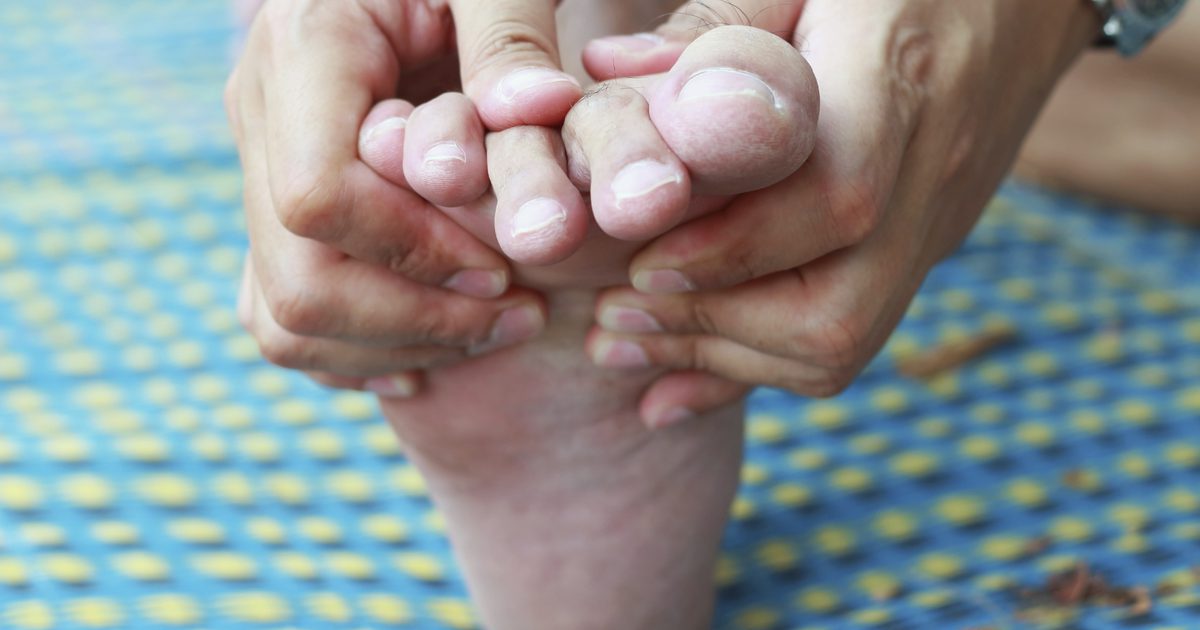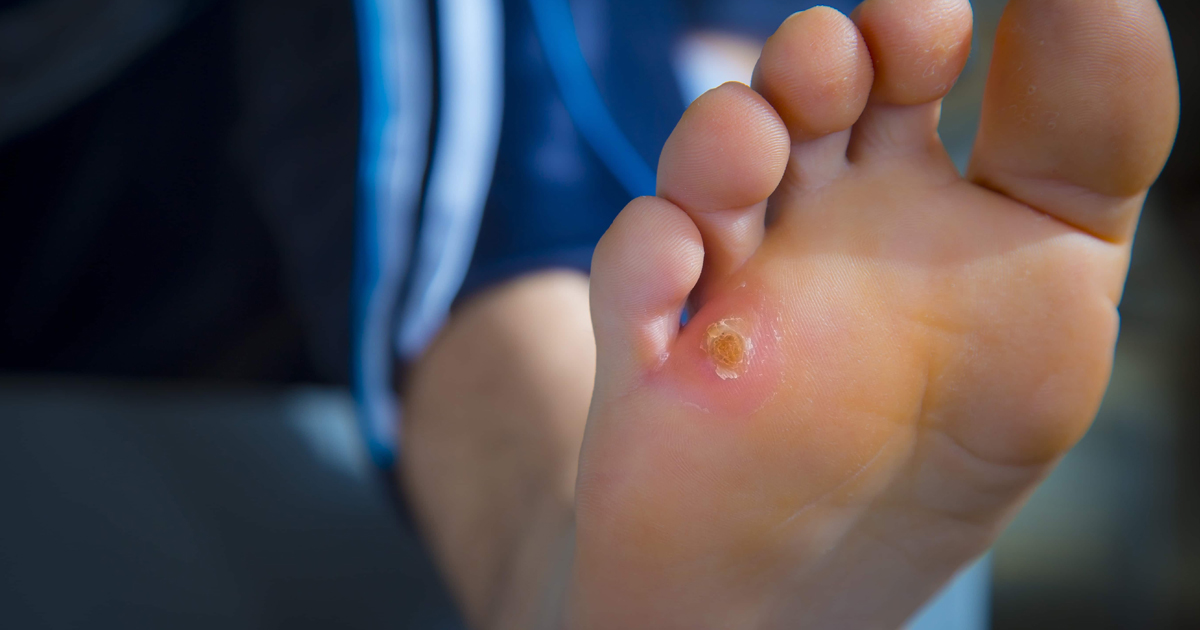Warning Signs Of Claw Toe
Claw foot and claw toe are different names for the same condition. This condition occurs when the toes become bent into a position like a claw. Claw toe is sometimes apparent from the moment of an individual's birth. In other cases, the feet become bent at a later point. The problem doesn't tend to be serious by itself, but it often causes discomfort. In addition, it might point to underlying medical conditions, such as diabetes or cerebral palsy. Claw foot can get worse if it isn't treated. Because of this, patients should make an appointment with their doctor if they notice the warning signs, as doctors can recommend a treatment option that will help. Doctors may also refer their patients to a podiatrist or orthopedist if the condition is severe. There are quite a few warning signs of claw toe to look for. Get familiar with them now.
Pressure And Pain In The Toes

Claw toe doesn't tend to be serious, but it can cause uncomfortable symptoms, particularly quite a bit of pressure and pain in toes. When a patient has claw toe, their low toe joints typically rise up, and the other joints in the toe bend downward. This makes the toes have the appearance of claws. Patients might have pain in the toes because of the way the toes move when they walk because of the positioning. They might drag along the ground or fail to fit properly in shoes. If a patient has ill-fitting footwear and they suffer from claw toe, the friction from the shoes might also make their toes hurt more. Patients might feel pain similar to cramping.
Corns Or Calluses

A patient's feet might develop corns or calluses in response to claw foot. If they wear ill-fitting footwear, the friction might cause the development of calluses and corns. Corns can be found between the toes, usually at the joint, and they tend to resemble warts and are often surrounded by inflamed skin. Calluses, on the other hand, are more likely to occur on the soles of the feet or sides of the toes. They form to protect the tissue beneath the skin from becoming injured. These large, irregular, and thick patches of skin don't tend to be painful, though corns can sometimes be painful. Patients will want to make sure their footwear is adequate to help with this symptom. Claw toe is often confused with hammertoe, a condition that tends to be caused by improper footwear. Unlike hammertoe, claw toe is most often caused by an underlying condition.
